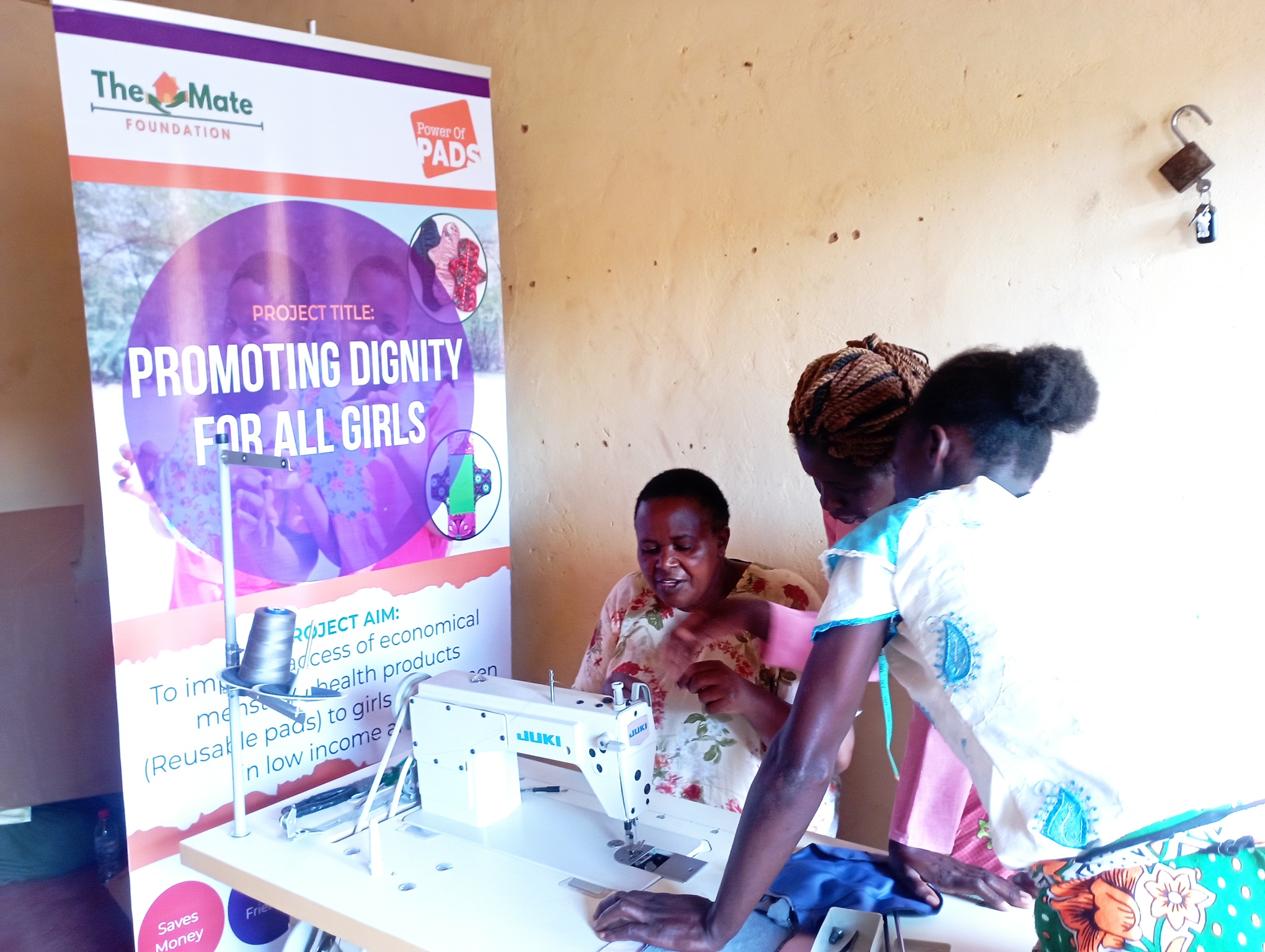This is the big question we ask ourselves to ensure the projects are as effective and efficient as possible. From working with a number of partners in rural Kenya over the past few years we’ve identified some interesting learning points.
Having confident and skilled project leaders is vital to ensure the direction and organisation of activities on the ground in Kenya run smoothly. They’re also responsible for volunteer recruitment and retention and of course the projects would not happen without the skills, time and energy of volunteers. We’re keen that the women making the pads are trained because developing skills for life are important and it makes the projects more effective. Many of the women involved in our projects have been trained or are learning to sew and this gives them the skills and opportunities to create sewing businesses.
Menstrual health training in school with teachers and girls is hugely beneficial as there is a real need for knowledge, supporting girls to have the dignity and confidence about their own bodies, as well as how to use and care for their pads. This is followed through with evaluation of the pads – having the the opportunity to test the design and materials bought locally with the girls helps to create a product they are happy to use. Developing strong relationships with one or two local schools for distribution of pads helps with equitable distribution and it also supports the evaluation and embedding of menstrual health/sustainability messages with staff and girls. It also provides the opportunity to evaluate and understand the long-term impact of projects over an extended time.
Other important aspects include match funding, that may include a financial contribution or staff and/or volunteer time. Dedicated work spaces keep machinery secure and ensure women have a safe place to work together. They also become a space for informal collaboration and foster a sense of team work, and for accountability there is a requirement to record project activity and report back including photos and videos, that we can share on our communications, like in this newsletter.
There are many elements to a successful project and we are really excited to learn more as we work with our partners to support local communities.

